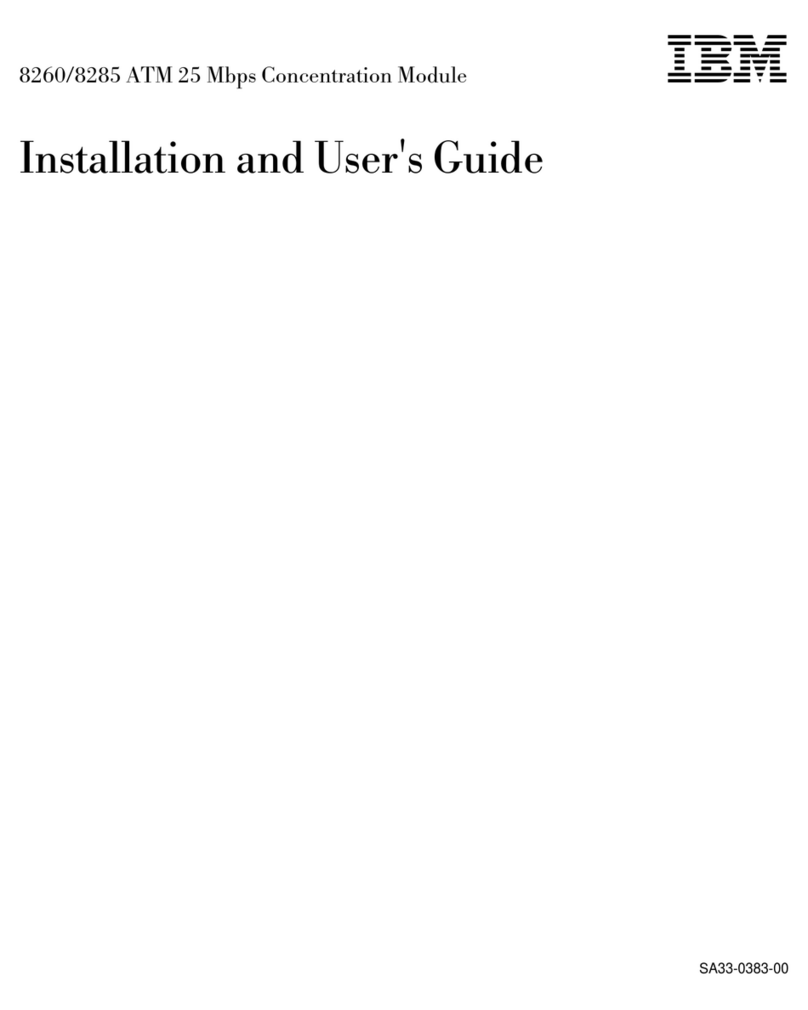IBM AR-B3001 User manual
Other IBM Control Unit manuals

IBM
IBM BladeCenter Copper Pass-thru User manual
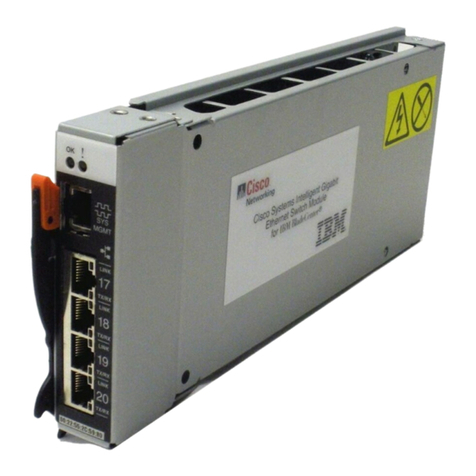
IBM
IBM BladeCenter Management Module User manual
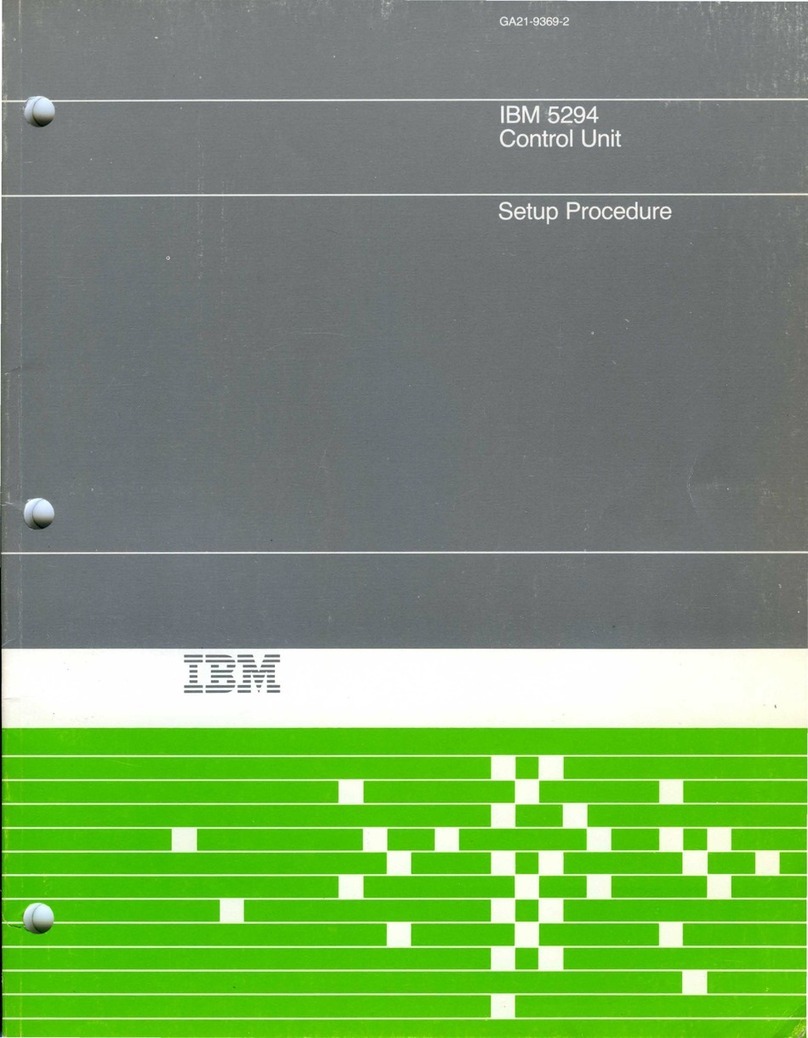
IBM
IBM 5294 Manual
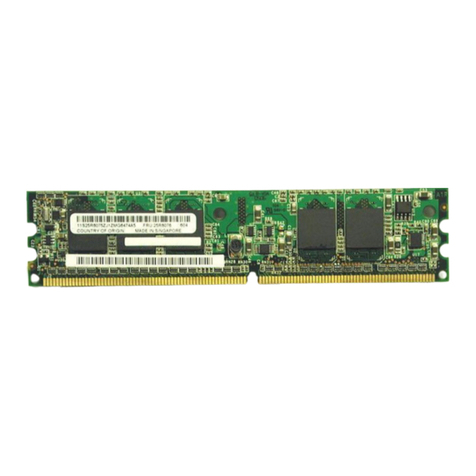
IBM
IBM Redbooks ServeRAID-MR10k User manual
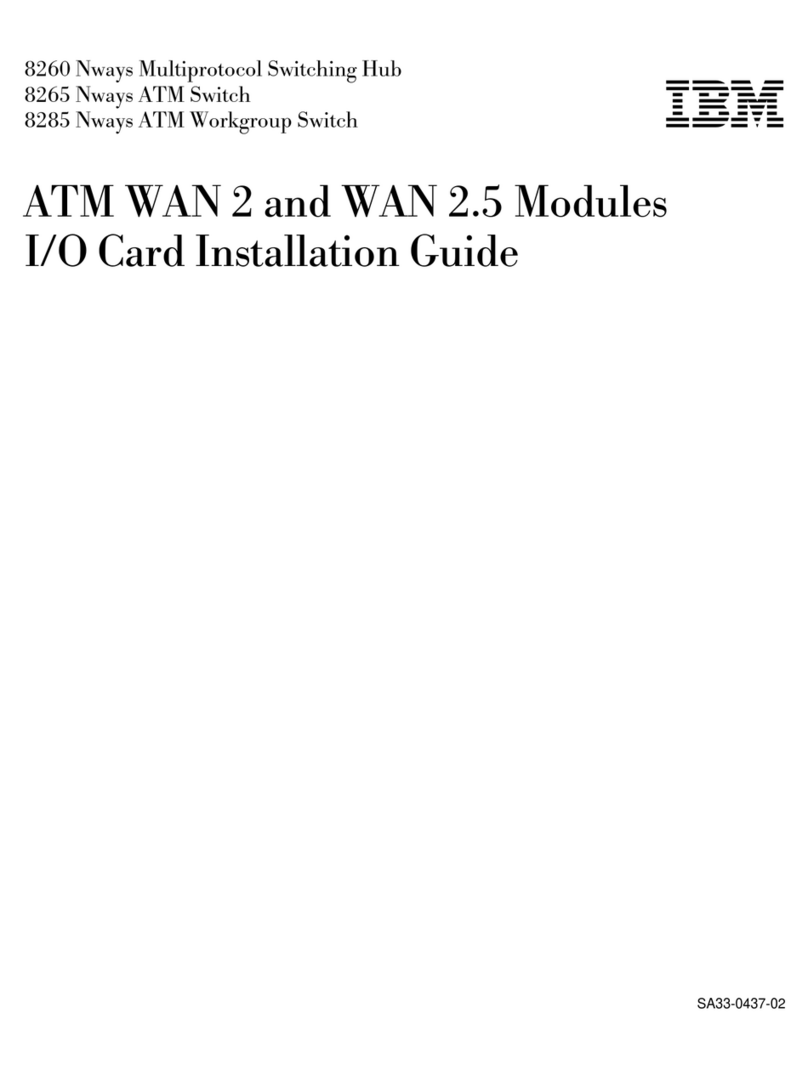
IBM
IBM Nways 8260 User manual
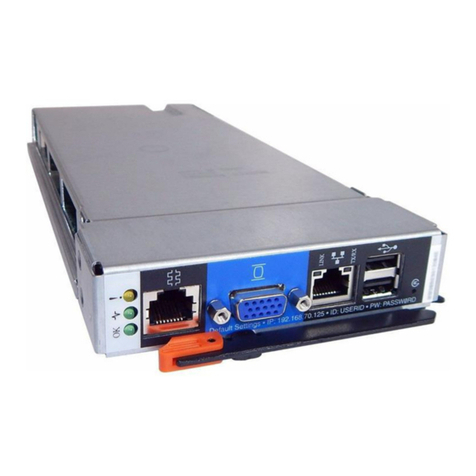
IBM
IBM BladeCenter Advanced Management Module User manual
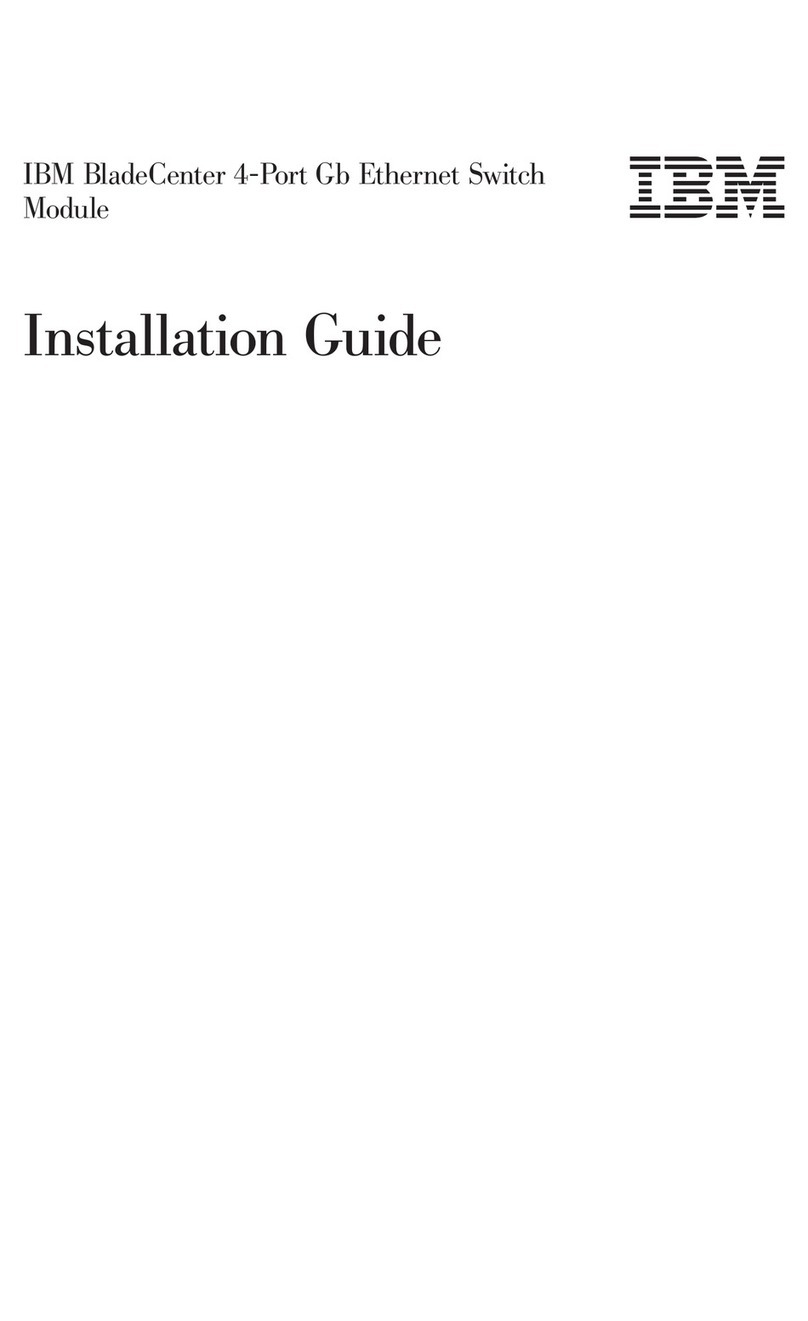
IBM
IBM BladeCenter 4-Port User manual

IBM
IBM WebSphere DataPower XI50B User manual
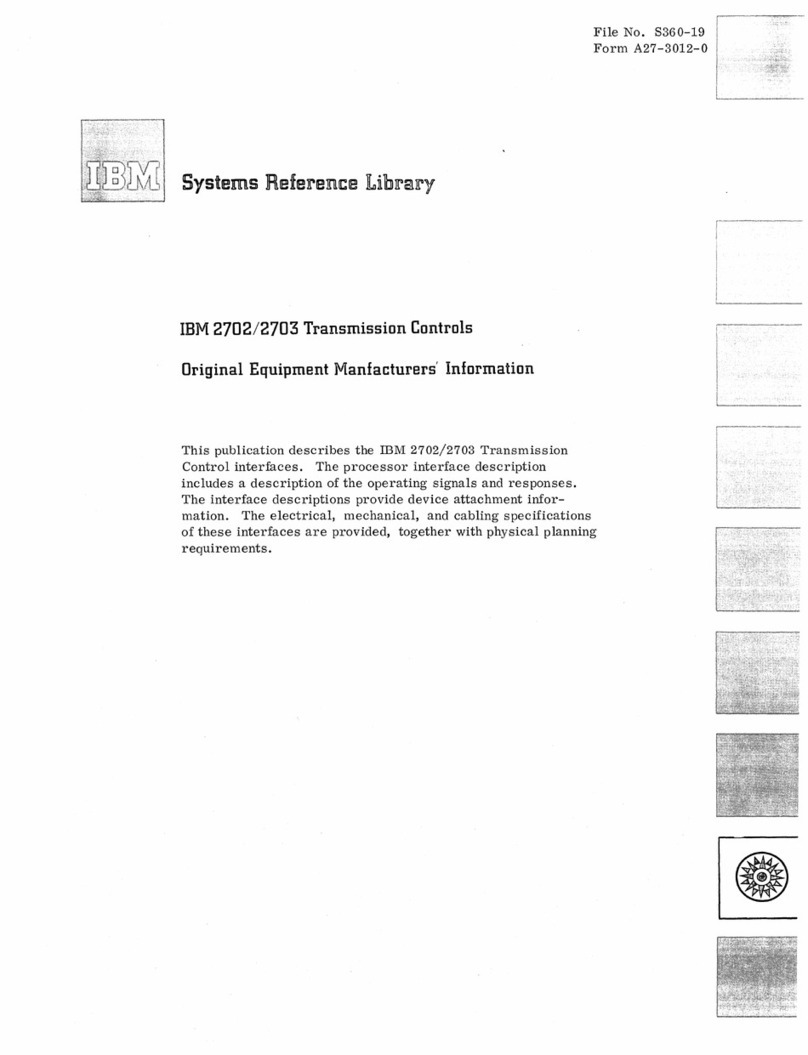
IBM
IBM 2702 Technical manual
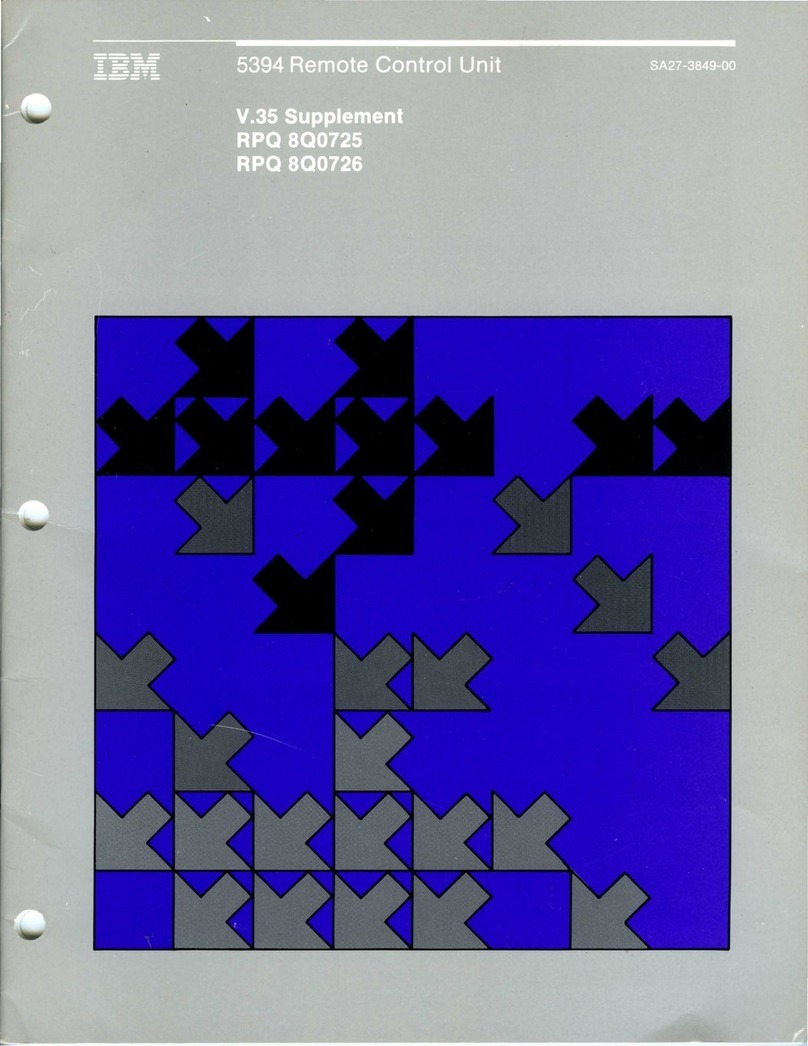
IBM
IBM 5394 User manual
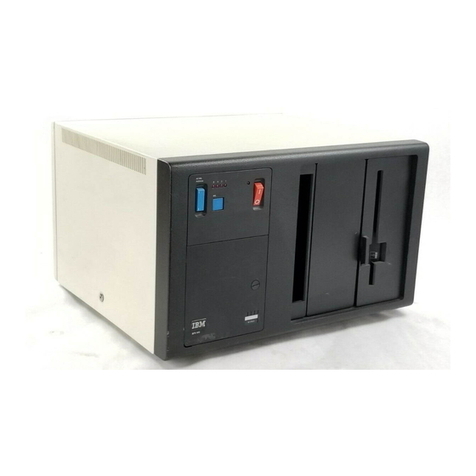
IBM
IBM 3270 User manual

IBM
IBM 3274 51C Setup guide
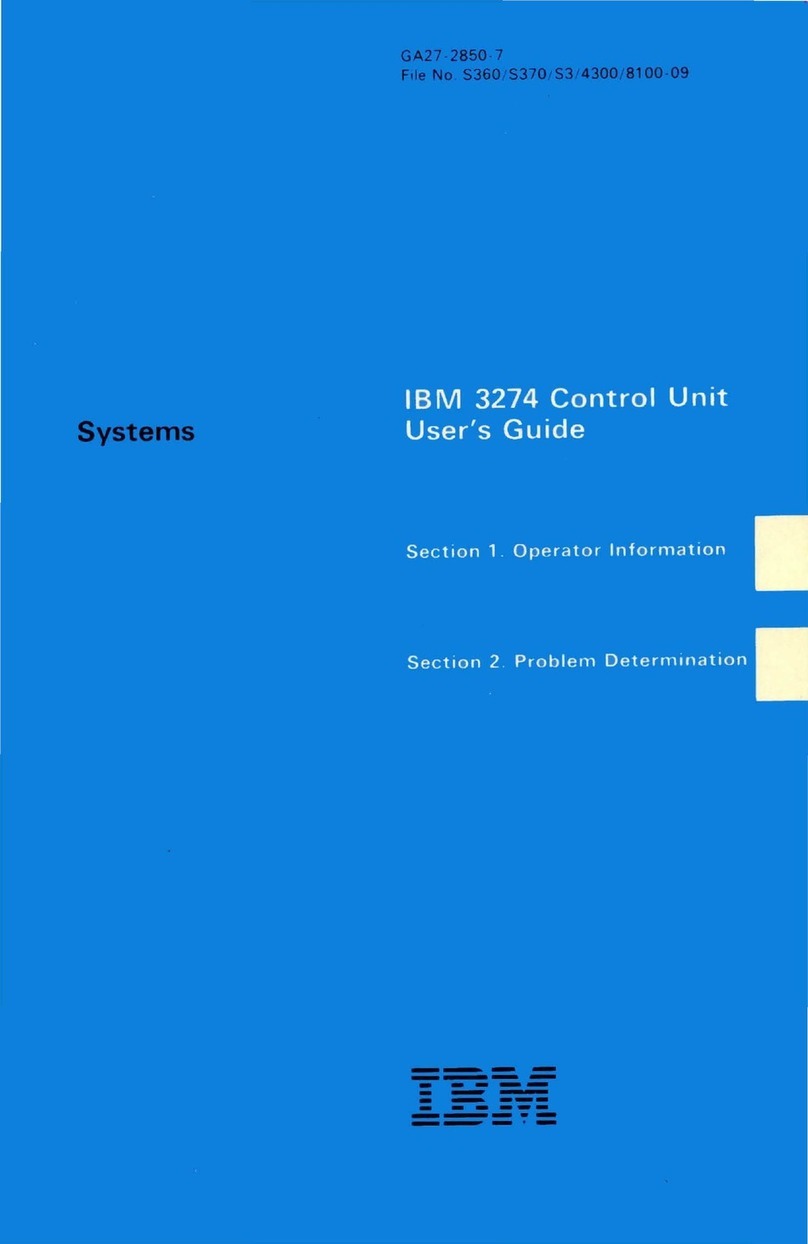
IBM
IBM 3274 User manual
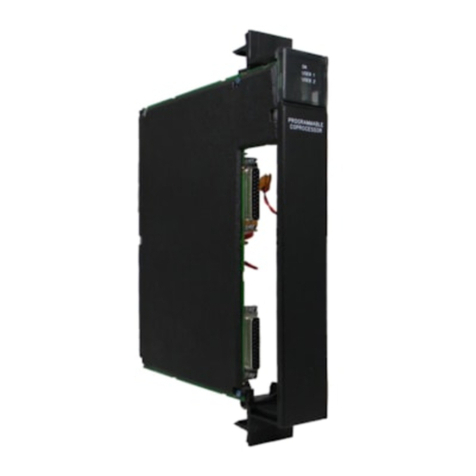
IBM
IBM MegaBasic IC697PCM711 User manual
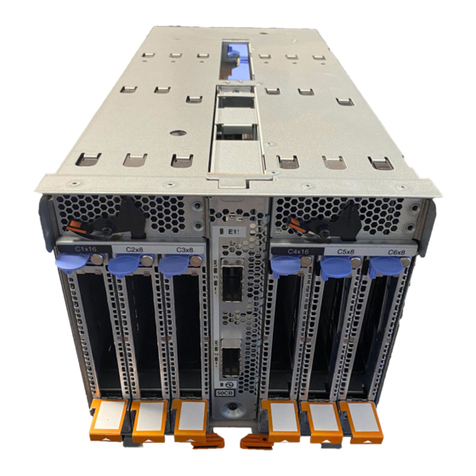
IBM
IBM Power System PCIe3 User manual
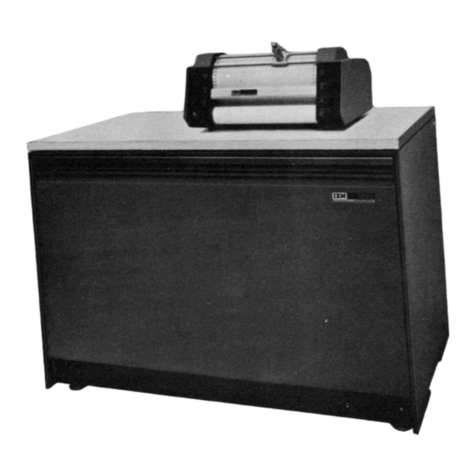
IBM
IBM 1620 Manual
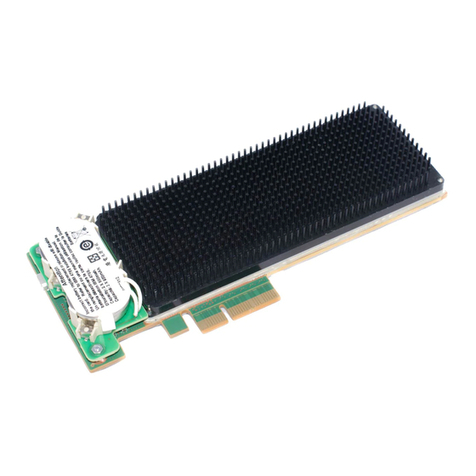
IBM
IBM 4769 User manual
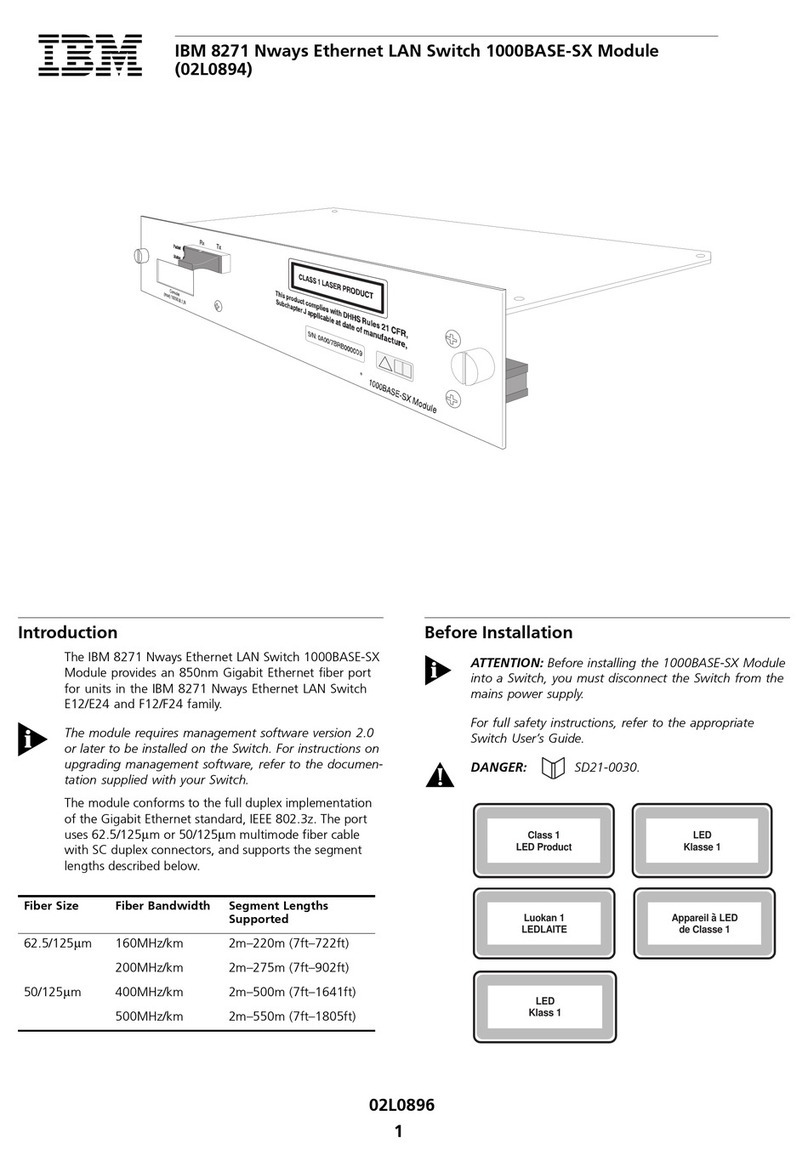
IBM
IBM 8271 Nways Ethernet LAN Switch User manual
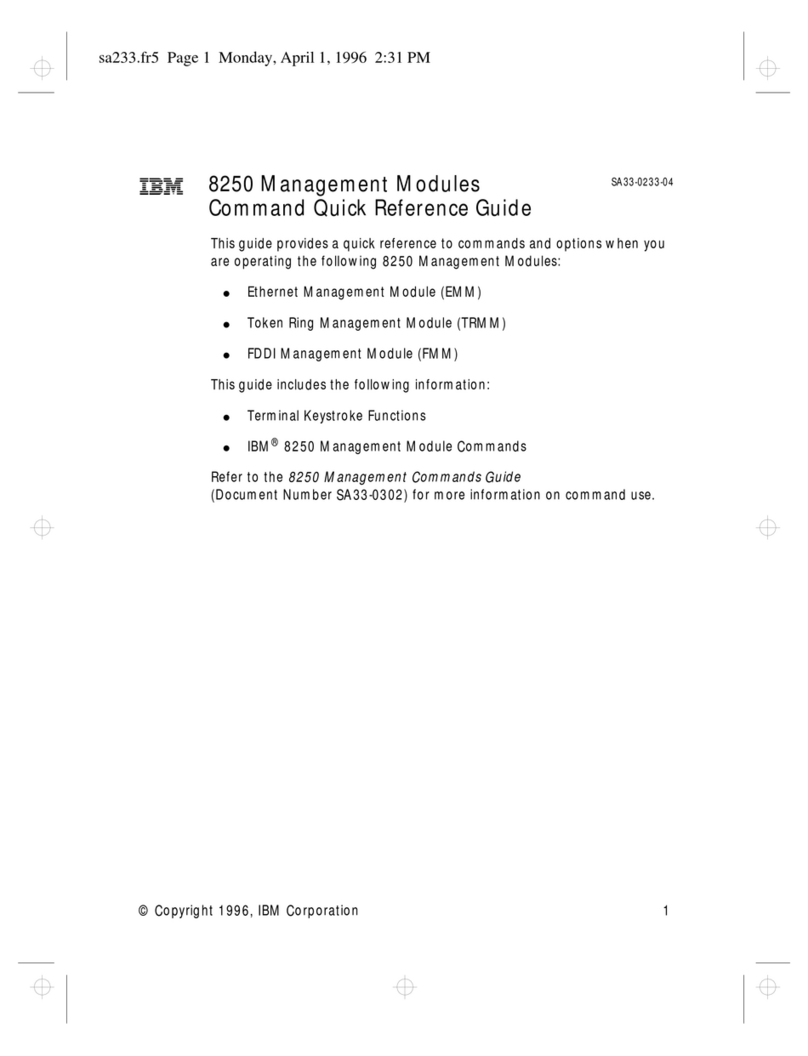
IBM
IBM 8250 User manual
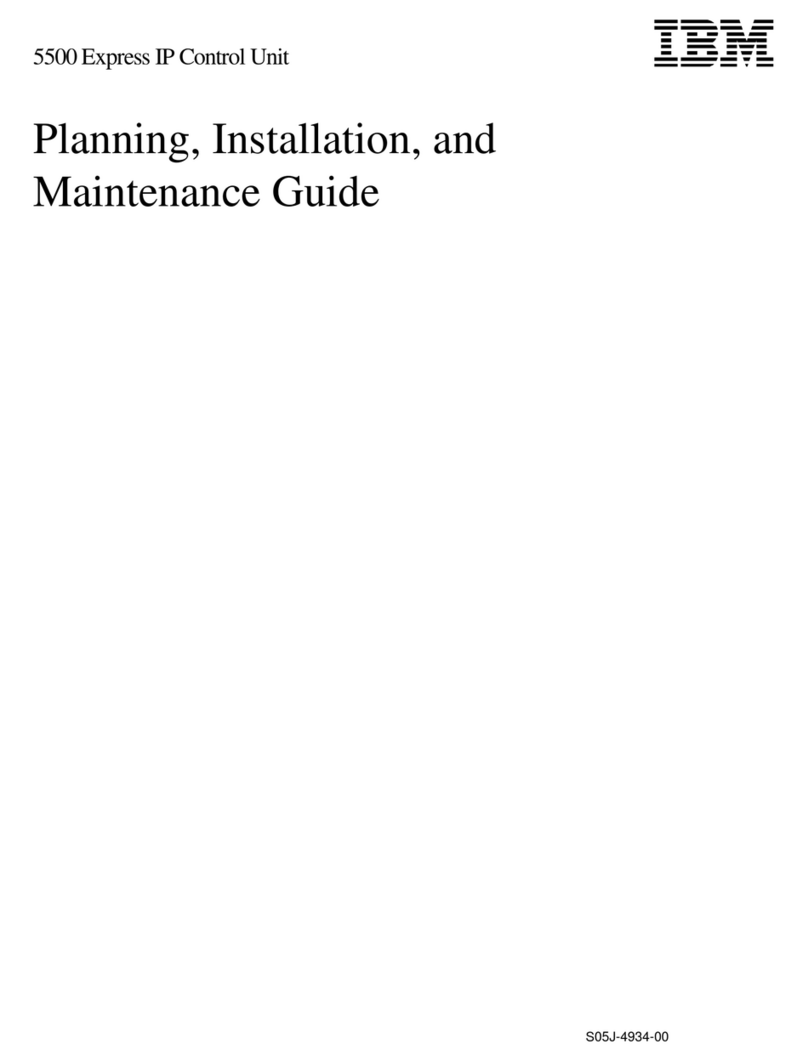
IBM
IBM color LaserJet 5500 Operating manual
